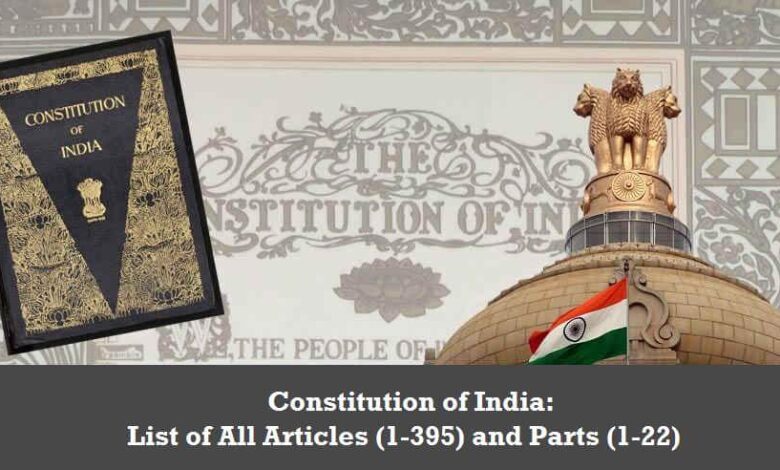India: A sovereign, socialist, secular, democratic republic

On 26 January each year, India celebrates its Republic Day. The day marks the adoption of India’s constitution and its transition from a dominion in the British Commonwealth of Nations to a sovereign republic with the coming into effect of the Indian Constitution on 26 January, 1950.
The Constitution, adopted by the Indian Constituent Assembly on 26 November 1949, was initiated two weeks after the country’s independence on 15 August, 1947 by the Constituent Assembly.
A resolution was moved in the Assembly for the appointment of the Drafting Committee, which was appointed to draft a permanent constitution for India, with Dr. B.R. Ambedkar as chairman.
With the coming into effect of the Constitution on 26 January 1950 the Union of India officially became the modern Republic of India.
The Indian Constitution repealed both the Indian Independence Act of 1947 and the Government of India Act of 1935, and became the country’s fundamental governing document.
The date of 26 January was chosen to commemorate the Purna Swaraj declaration of independence on this date in 1930.
Facts on the Indian Constitution
Drafting of the Constitution: The drafting committee had handwritten and beautifully calligraphed the constitution – both in English and in Hindi.
There was no typing or print involved. Each page was designed and decorated by famous artists that included Beohar Rammanohar Sinha and Nandalal Bose, from Shantiniketan, a place in West Bengal developed by India’s famed polymath Rabindranath Tagore.
Constitution in figures: The Indian constitution is the longest written national constitution in the world with 448 articles in 25 parts, 12 schedules, 5 appendices and 98 amendments (out of 120 Constitution Amendment Bills). At the time of its adoption, it consisted of almost 80,000 words.
Time period for passing it: After the constitution was presented to the Constituent Assembly, they took two years, eleven months and seventeen days to pass it.
Signatures: As many as 284 members of the Constituent Assembly signed the documents on 24 January, 1950. Two days later, the constitution came into effect.
Borrowed points: The Constitution has features borrowed from previous legislations, including the Government of India Acts of 1858, 1919, and 1935, as well as influences from governance documents from other countries, including the parliamentary form of governance and cabinet from the United Kingdom; the Bill of Rights (Fundamental Rights) from the United States; Directive principles of state policy from the Irish Parliament; and notions such as ‘liberty, equality, fraternity’ from the French Republic.
National emblem: On 26 January 1950, the Indian Government also adopted Sarnath, depicting the Lion Capital of Ashoka with the wheel, bull, and horse, as the national emblem of India.













